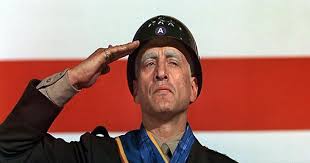Although I've yet to read 'Bomb, Book and Compass', it appears the Chinese used gunpowder in exactly the same way the West came to use it - for war.JW Frogen wrote: The Chinese have been remarkable inventors but not always remarkable about how they applied such inventions, for stance gun powder become more than simply fire works when the more dynamic Western Civilization got a hold of it.
Still, China has taken hold of the Western idea of markets and combined it with state control that has provided remarkable results.
As for foreign policy, China has not always been inward looking. Indeed the reason China is so large is that in various periods of her history she has been an expansionist power.
In modern history she has been at war or attacked almost every one of her neighbors, but with the exception of Tibet has never really wished to colones them, only chastise or exploit them.
From Wikipedia :
Let's hope they choose not to chastise or exploit Oz.Gunpowder
Although evidence of gunpowder's first use in China comes from the Five Dynasties and Ten Kingdoms Period (907–960),[30] the earliest known recorded recipes for gunpowder were written by Zeng Gongliang, Ding Du, and Yang Weide in the Wujing Zongyao military manuscript compiled in 1044 during the Song Dynasty (960–1279); the gunpowder formulas described were used in incendiary bombs lobbed from catapults, thrown down from defensive walls, or lowered down the wall by use of iron chains operated by a swape lever.[31][32][33] Bombs launched from trebuchet catapults mounted on forecastles of naval ships ensured the victory of Song over Jin forces at the Battle of Caishi in 1161, while the Mongol Yuan Dynasty (1271–1368) used gunpowder bombs during their failed invasion of Japan in 1274 and 1281.[32] During the 13th and 14th centuries, gunpowder formulas became more potent (with nitrate levels of up to 91%) and gunpowder weaponry more advanced and deadly, as evidenced in the Ming Dynasty (1368–1644) military manuscript Huolongjing compiled by Jiao Yu (fl. 14th to early 15th century) and Liu Ji (1311–1375), completed sometime before the latter's death with a preface added by the former in a 1412 Nanyang publication of the work.[34]
